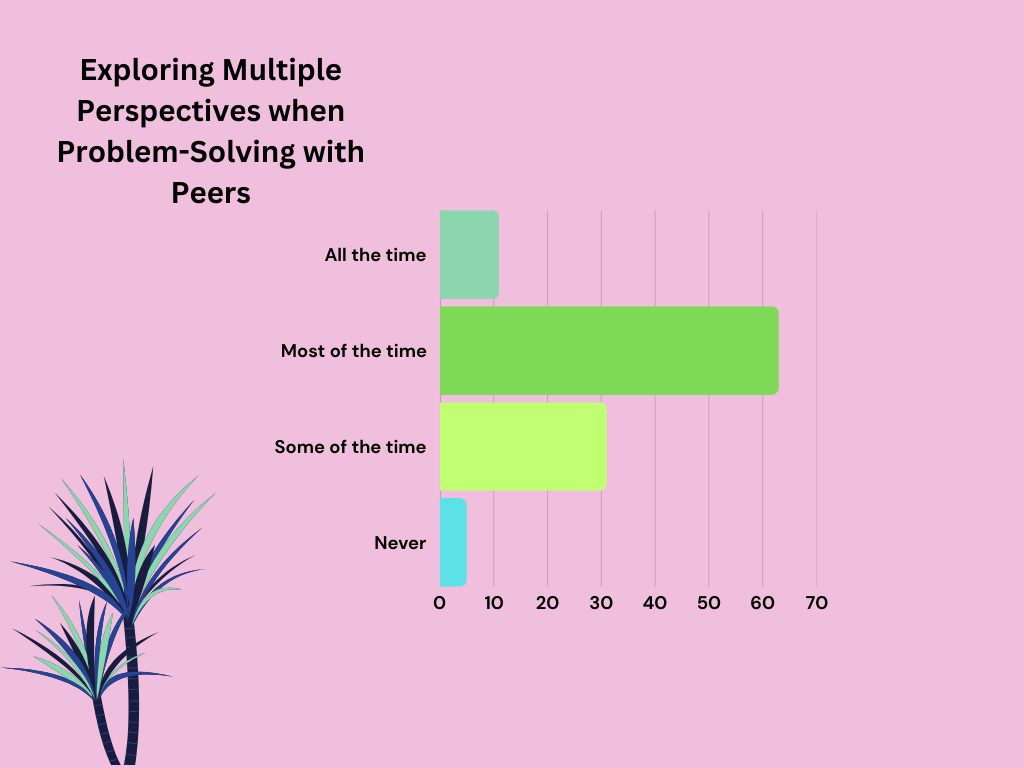Collecting Evidence on our students' SEL knowledge
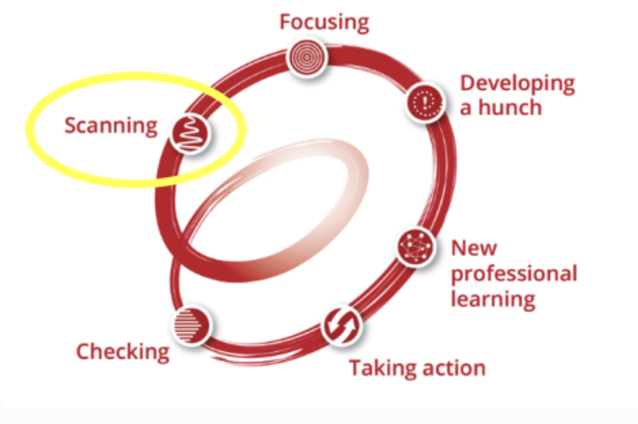 Using the Spiral of Inquiry as our guide for our school story, we are beginning with a SCAN and asking "What is going on for our learners?"
Using the Spiral of Inquiry as our guide for our school story, we are beginning with a SCAN and asking "What is going on for our learners?"
In order to learn where our students are in their understanding of the SOAR acronym and SEL strategies, our SEL committee planned several ways to scan students and gather data. We read a picture book in library called The Boy with Big, Big Emotions to all our K-5 classes and recorded student responses to our questions about the book. We will consolidate and examine the responses and then do something similar at the end of the year to see if answers have become more sophisticated and indicative of students learning more about self-regulation and embracing SOAR language and philosophy.
The SEL committee also conducted a written survey for the students in the older grades to track their responses to similar questions.
When asked how students cope with feelings of anger, we found that most students could share a strategy. Here are the results:
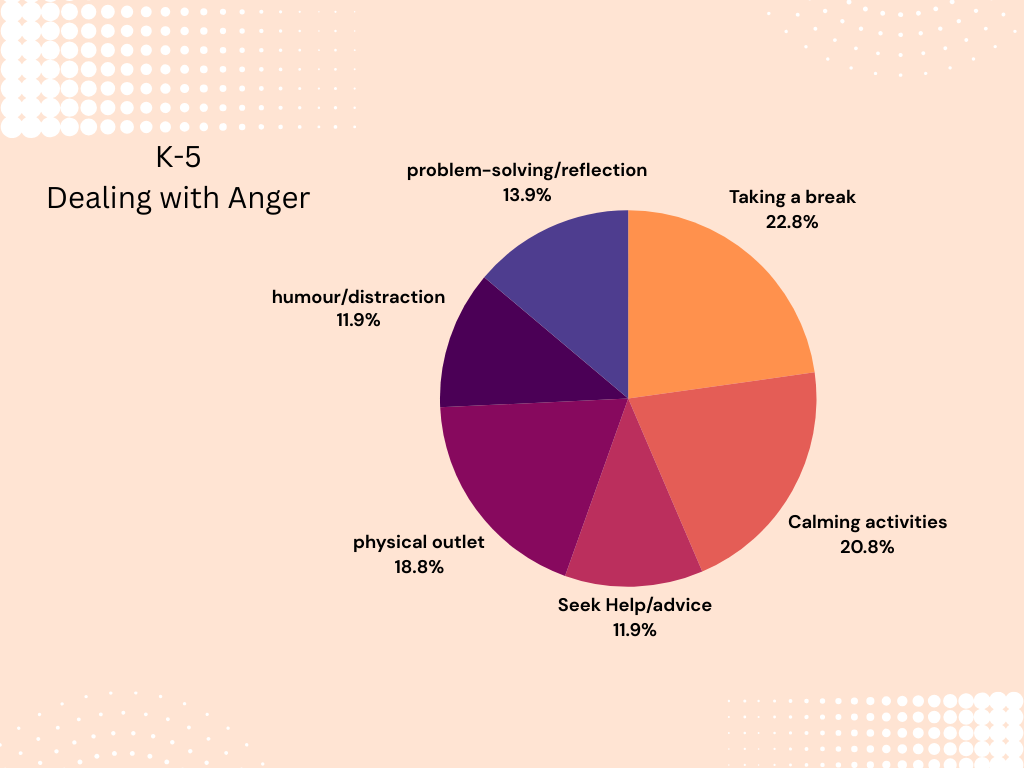
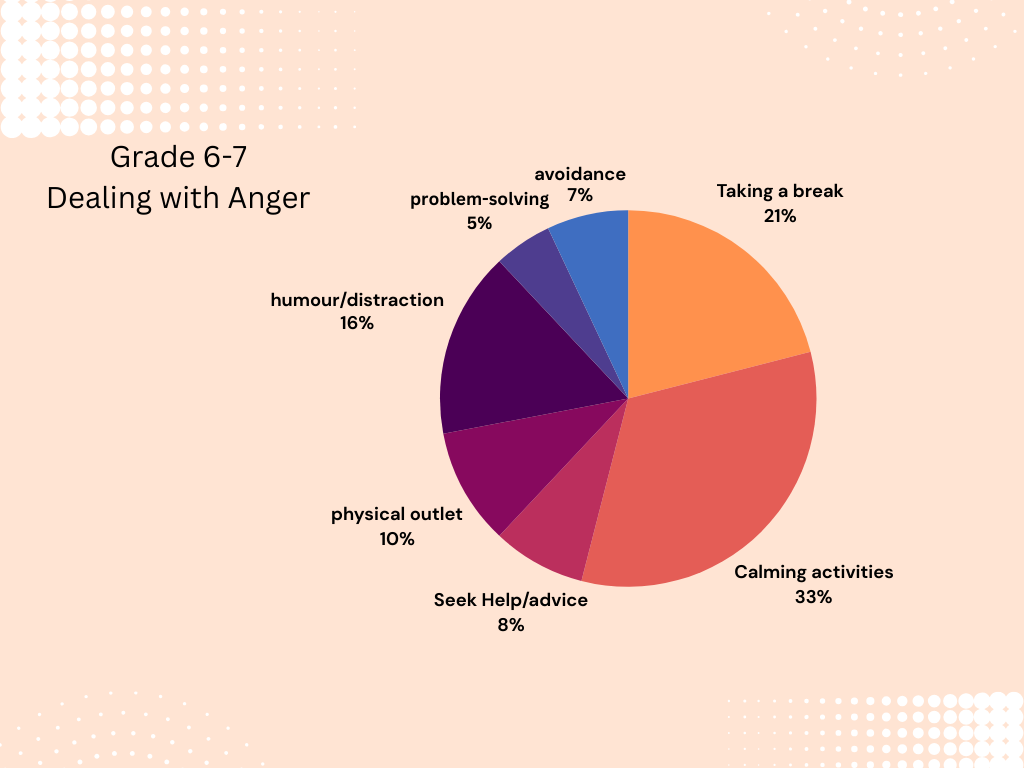
Similarly, when we asked students how they cope with feelings of sadness (or being upset), we found that most students could share a strategy. Here are the results:
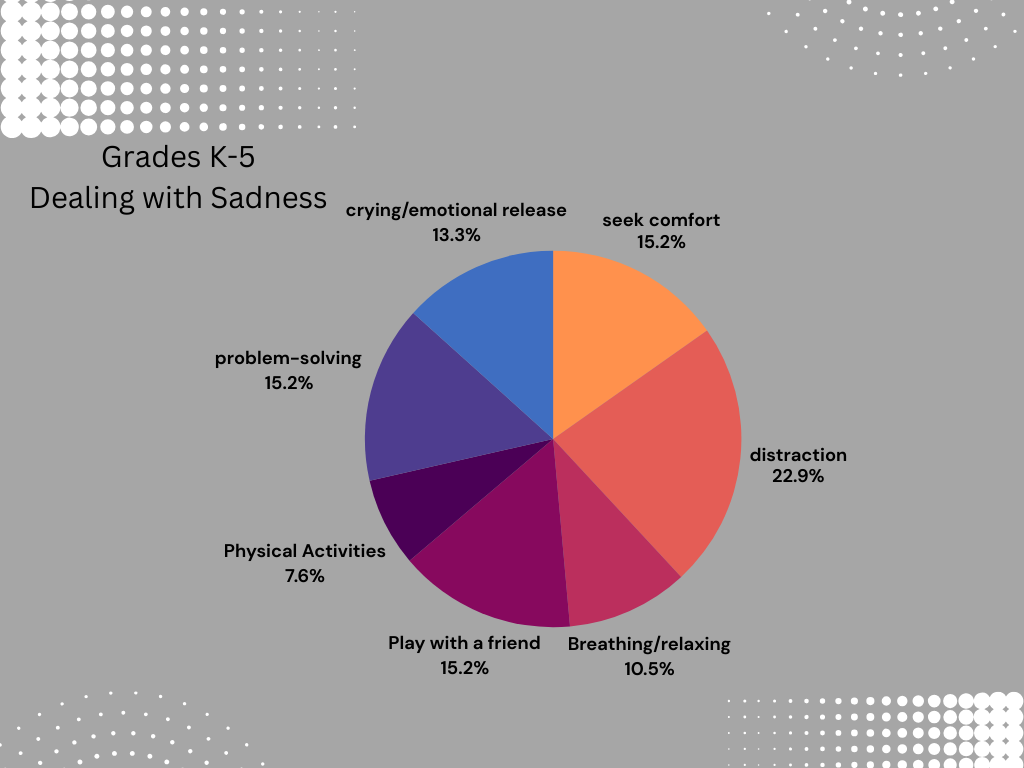
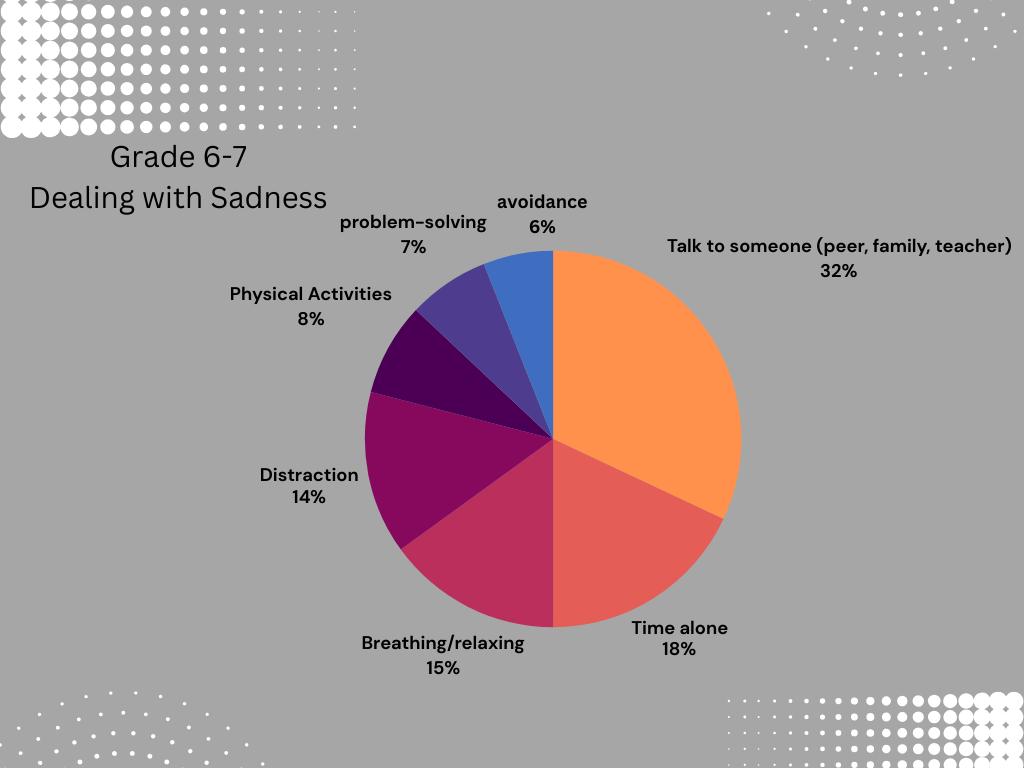
The next question is, if most students have these strategies, how effective are they in using them? And how can we support students to use these tools when they are not feeling regulated?
We also talked to students in grades 6 and 7 about using multiple perspectives when problem solving. We know that learning is relational (First Peoples Principles of Learning) and this is what the students shared:
